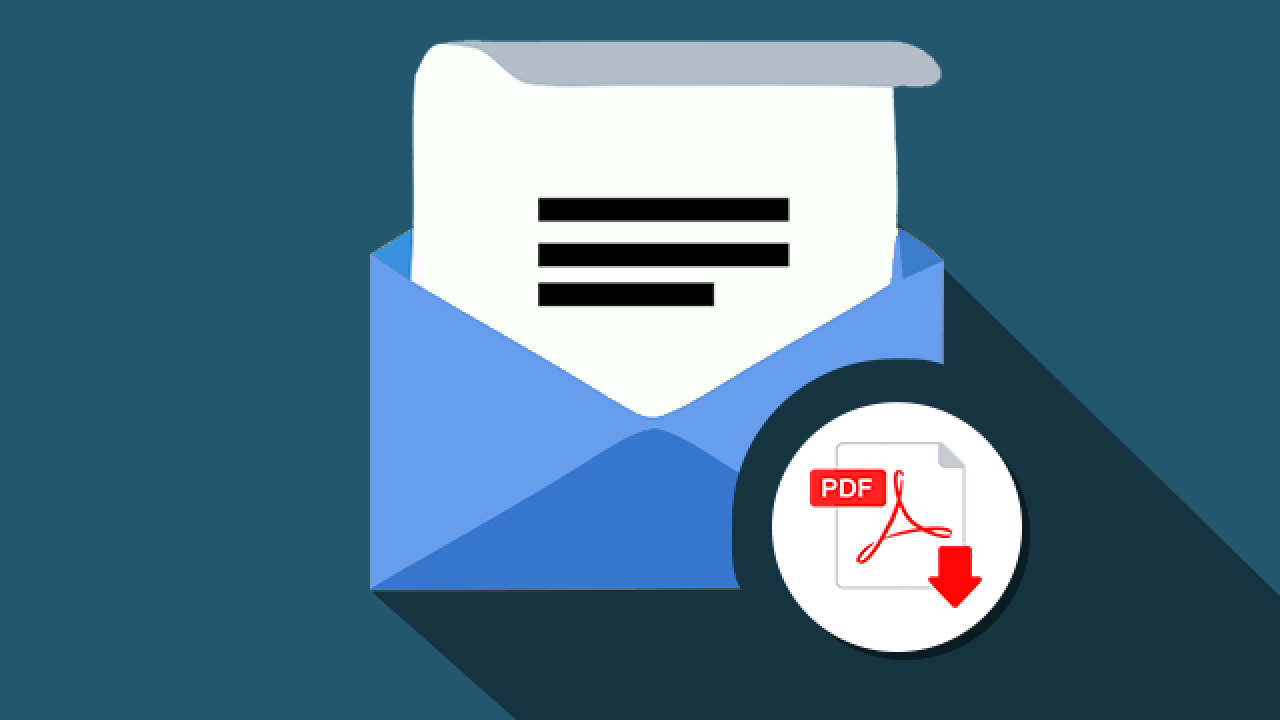In this digital age email is a vital component of communications, and Gmail is one of the most popular platforms. However, managing and organizing email can be a problem. It’s helpful to be able to store and share emails in PDF format.
Why save emails in PDF format?
Let’s first understand the reason why it’s essential to save emails as PDF. Portable Document Format (PDF) is a universal format that can be used across a range of devices. By converting your emails to PDF, you will create an image of your document that is preserved in its original formatting including attachments, formatting, and overall structure. This helps ensure that the information is preserved and also allows for sharing.

How to save a single email as a PDF within Gmail
1. Open the Email Login to your Gmail account. Click on the email you would like to save to PDF.
2. Click the Print Icon. Find the icon that is for printing (usually an printer). In order to open the dialog for printing, click it.
3. Choose ‘Save as PDF’ as the destination. In the print dialog box, choose “Save as PDF” from the printers list available.
4. You can adjust the settings before saving. This includes the paper size and orientation, layout, etc.
5. Click “Save”. Click on the Save button to choose the folder to save the email as a PDF.
Your Ultimate Guide to Seamless Conversion
Let’s examine some additional suggestions and ideas that can improve the experience of saving PDF emails in Gmail. For more information, click Save Email as PDF
Organise using folders: To maintain a systematic method of organization, create separate folders for various categories. For example, you might have folders to organize work-related emails, personal correspondence, or specific projects. These folders make it easy to locate emails by saving them as PDFs.
Gmail offers batch processing if you want to print multiple emails. This feature can be very useful if you want to archive whole discussions or project threads.
Name Conventions: Create an identical naming scheme for all of your PDFs that you have saved. Include details like the sender’s name, date or subject in order to find specific files.
Password Protection: For added security, you may want to consider password-protecting PDFs. This ensures only authorized users have access to the information, adding an extra layer of protection.
Cloud Storage Integration: Consider the possibility of integrating your Gmail account with cloud storage services. Thus, you are able to save your email messages to Google Drive or other platforms as PDFs, allowing them to be accessed from any place.
Conclusion
In the end, the capability to save emails in PDF files in Gmail is a useful technique that will enhance your email management and organizational capabilities. Converting emails into PDF is an option for archiving important communications, creating libraries of reference data, and sharing information with coworkers.
Learning this technique will not only improve your workflow but can also help you become more efficient and organized. Make use of the PDF format to quickly save sharing, re-read and refer to your email messages while you traverse the vast realm of email correspondence. Make sure to save your emails as PDFs so you can increase the effectiveness to your Gmail account.
Leave a Reply